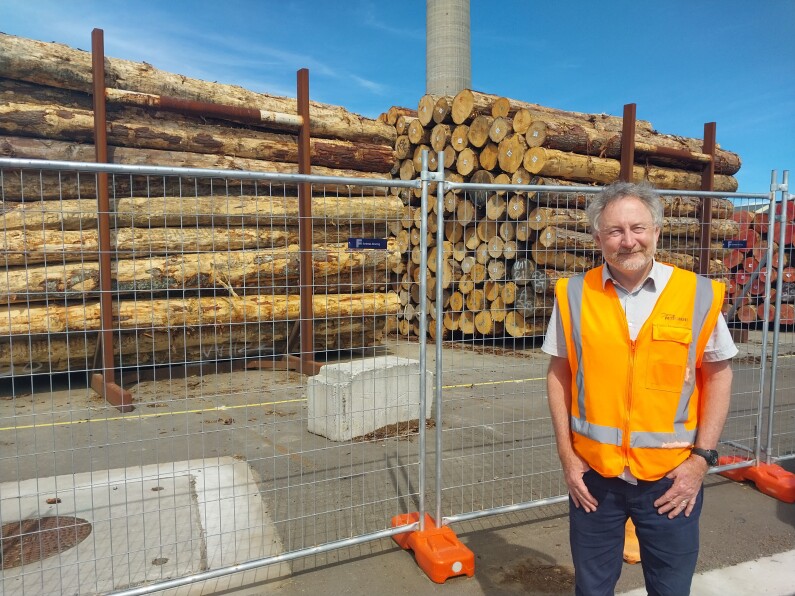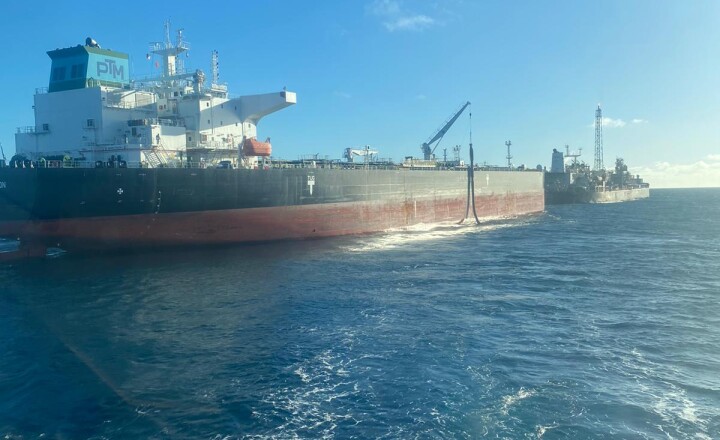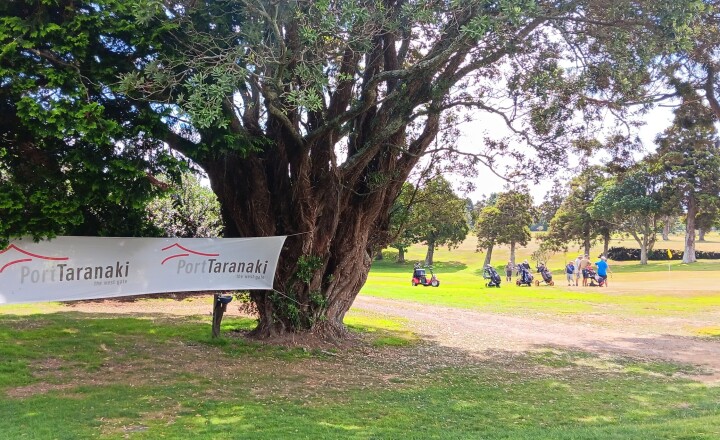
Just over a year ago, Cyclone Gabrielle cut a swathe through large parts of the North Island, causing devastation to lives and livelihoods.
It also laid waste to hectare upon hectare of export forestry plantations – thousands of pine trees in various stages of their growth cycle brought down prematurely and in one foul swoop.
And while the economic and social impacts of Cyclone Gabrielle have been wide and remain ongoing, there has been a silver lining, of sorts, for many North Island ports, including Port Taranaki – the injection of windthrown wood into the export market.
On the back of the cyclone, forest owners and exporters worked quickly to salvage as much wood as possible and get it to the international market. That urgency has seen a rush to get the logs to ports before they’re not of export quality, with Port Taranaki, along with Napier, Tauranga, and Centreport (Wellington), receiving windthrown wood from the Taupō-Turangi area.
The numbers are striking.
For the first six-and-a-half months of the 2023-24 financial year, Port Taranaki had received 48,000 JAS (Japanese Agricultural Standard) tonnes of logs from the Taupō-Turangi region, accounting for 10% of the port’s total log volume during that period.
This compares with the full 2022-23 year, when just 8,000 JAS in total came to Port Taranaki from the Taupō-Turangi area – only 0.07% of the port’s total full-year log volume. In general, most of Port Taranaki’s regular log volumes come from the eastern Taranaki and Whanganui areas.
“It’s utterly devastating what occurred on the East Coast, Hawke’s Bay, and through the central North Island,” says Port Taranaki bulk cargo co-ordinator Stuart Watson.
“Many primary industries were impacted, including forestry, which has had a difficult time in the past year with the cyclone and a downturn in the Chinese market, which has impacted at wharf gate log prices and has reduced log volumes.
“We hope that this movement and delivery of windthrown wood is, in some small way, helping the sector – from the forest owners and logging gangs on the ground, to the trucking and marshalling companies and exporters at the ports.”
Stuart says the volumes of windthrown wood coming through Port Taranaki are greater than had been forecast and the deliveries are set to continue longer than anticipated.
“We had forecast to get about 3,000 JAS per month, but we’re getting more than double that, and we had expected the deliveries to end just after Christmas.
“The extra throughput has been a real boost for the port, as our volumes have been down because of the international market conditions.”
Stuart says while the wood is windthrown, it “looks like any other wood” that comes to port.
“Like all the wood we get, there is a mix of grades – from the top grades used for clear wood panels to lower grades for construction, such as pallets and boxing.”


